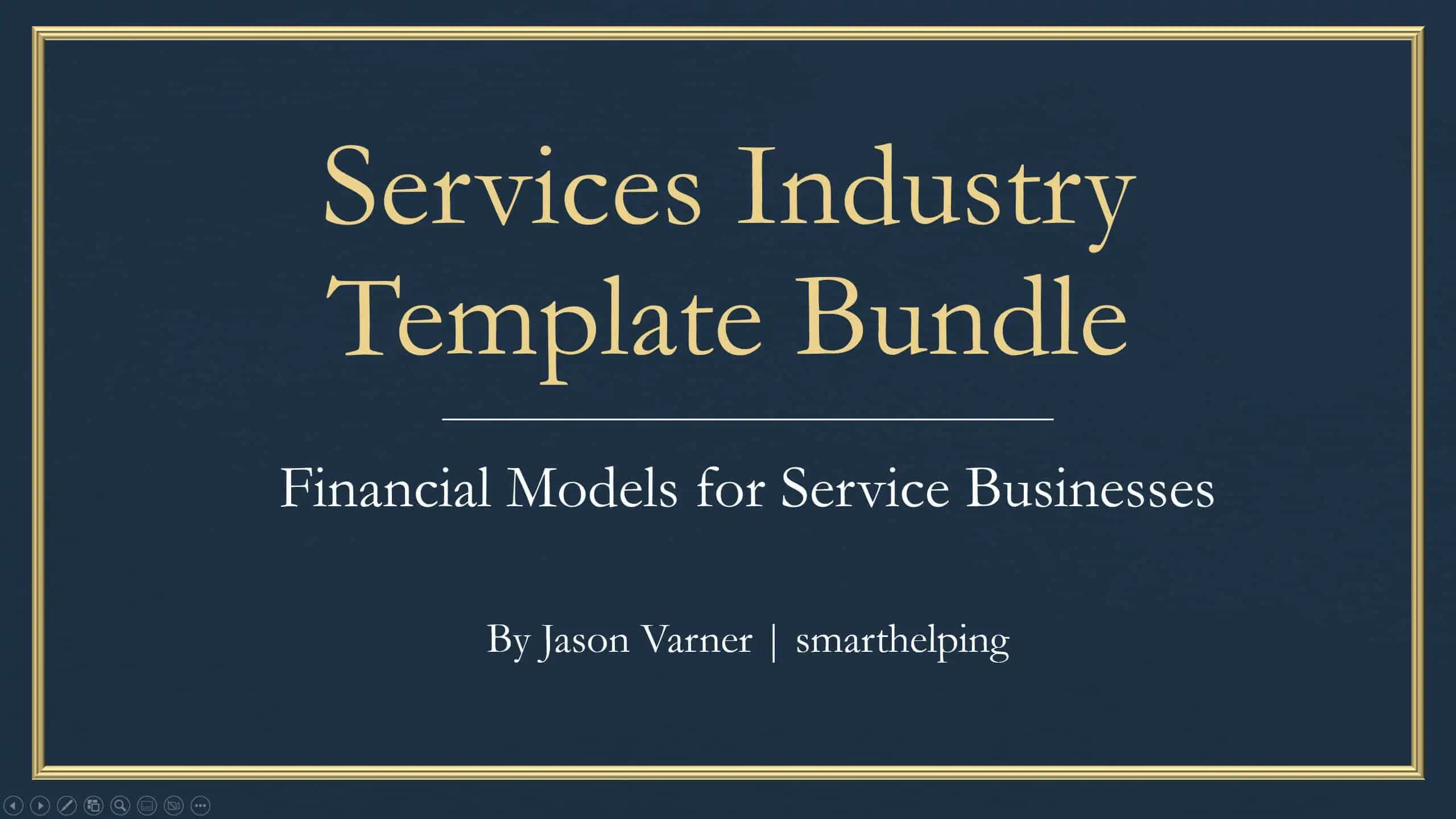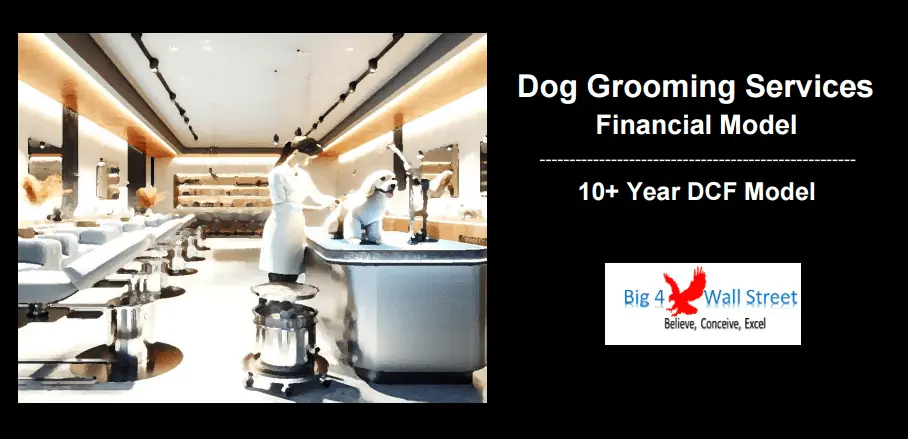Dynamic Scaling Model – Plan Up to 25 Retail Locations over 5 Years
This model lets the user define assumptions individually for up to 25 locations. The first 12 months of each location will have dynamic inputs attached to it and then growth each year after the first 12 months. It all fits nicely into a 5-year monthly and annual financial model.

Video Tutorial:
If a user were looking into acquiring or building retail locations for any kind of category, one of the most important things is planning out the cash flow needs. To do this, the timing of acquisitions, the cost per new location development, and the revenue from existing locations all have to be accounted for. Overlaying all those pieces will give a final cash requirement that is needed.
The complex part about this model is how the logic allows for each location to individually be defined on all of its specific assumptions.
For each of the 25 locations, the user will define:
– Up to 3 average ticket values (a ticket just means order, and it could represent everything from a haircut to a take-out order to furniture sales)
– Average tickets per day
– Percentage of tickets at each average value
– Annual growth following the first 12 months
– Capacity reached in month 1 to 12
– Labor headcount in month 1 to 12
– Start the month of each location
– Active days per month on average
All of the assumptions above have to then flow into a matrix, so there is a reference available to know what active month a given location is at as well as what year it is for a given location. This is because month 36 of the actual model may be month 8 for a given location that starts later or month 20 or what have you, and so it is not possible to use the same reference for the timing of growth on each location. It all has to be dynamic for things to actually scale accurately.
The one thing that is on a global scale is general annual growth after the first 12 months of the life of each location. This would apply to year 2+ in the lifetime of each location, so even though the starting capacity growth is dynamic, the yearly growth after that launch phase will apply across all locations. What a location ends month 12 on for their stabilized revenue will be the basis for the stabilized annual growth rate.
It is assumed the cash required to open/develop/acquire a given location happens in the month prior to the ‘start month’ defined for each. In the first 12 months, there is an option to enter a percentage that defines how many actual ticket sales are achieved relative to the max defined. This is important because if you need to show that it is actually 0 sales for the first ‘x’ months, you can control that with this model all in one spot.
There is a cost of goods sold percentage defined for each of the three ticket values in order to arrive at a gross profit. Labor headcount is completely dynamic for each location, including headcount over time, fully loaded average hourly pay rate, and average hours per week.
Inventory was also another complex structure. Some retail businesses may need to order for ‘x’ months in advance, while others may do it just in time. The logic in this model will assume that all cash going out for the inventory happens 1 month prior to when it is needed. However, the user can define how many months of inventory will be purchased each time. So, based on the expected sales and the resulting cost of goods sold, the cash needed for inventory for the next ‘x’ months will go out in month x-1. You can set this to ‘1’, and that just means the cash will go out 1 month before the resulting inventory is used. It could be ‘5’, and in that case, you are buying the inventory in month n-1 for month n to n+4.
If the business plan doesn’t require inventory, then the user can simply enter 0% for the cost of goods sold input, and all of that will zero out.
I put over 100 slots for the next section. It is fixed expenses. The user will define the start month and monthly expenses for all relative operating expenses here. These would not include the labor overhead or cost of goods sold that has already been defined.
After all of those assumptions, we are down to EBITDA. I did put in logic for depreciation if needed and EBIT as well as EBT, taxes, and Earnings after Taxes. As always, there is the logic for debt, investor funding, owner/operator funding, and the potential for an exit at a given month. Anything that is not applicable can be zeroed out. The high-level summary shows a DCF analysis for each party and for the project as a whole. IRR, ROI, and equity multiple are also shown for each.
Over 15 visuals were included so that the result of the dynamic scaling assumptions could be easily seen.
Be sure to read all the notes, so it is easy to follow the more complex logic.
One of the most common uses of this type of model is to test various pricing levels to see what is actually possible given a set of assumptions.
Similar Products
Other customers were also interested in...
Subscription Box Financial Model – Up to 72 ...
Test many variables in this financial model for a subscription box company. Includes up to six prici... Read more
Jewelry Shop / Store 5 Year Startup Business Model
A bottom-up financial model that is designed specifically for a jewelry store, but could easily be u... Read more
Industry Based Financial Models (Variety Bundle)
There are currently 52 unique financial models included in this bundle. Nearly all of that include a... Read more
Laundromat Financial Model – 10 Year
This template allows the user to produce financial statements based on assumptions specific to the l... Read more
Hair Salon Financial Plan | Beauty Salon Business ...
Plan out the financial plan your hair or beauty salon. The beauty & hair salon business plan goe... Read more
Pawn Shop / Broker 5 Year Financial Model
Video Tutorial: https://www.youtube.com/watch?v=3mZFMB4z0Qc The model have revenue a... Read more
Services Industry Financial Model Bundle
Bundle of financial model templates for Service Industry businesses and its related sectors such as ... Read more
Online Car Rental – 3 Statement Financial Mo...
Online Car Rental Platform Business Plan Model is a perfect tool for a feasibility study on launchin... Read more
Pharmacy Financial Model – Dynamic 10 Year Busin...
Financial Model providing a dynamic up to 10-year financial forecast for a startup or existing Pharm... Read more
Dog Grooming Services Financial Model (10+ Yrs DCF...
The Dog Grooming Services financial model is a comprehensive tool designed to analyze the financial ... Read more
You must log in to submit a review.























